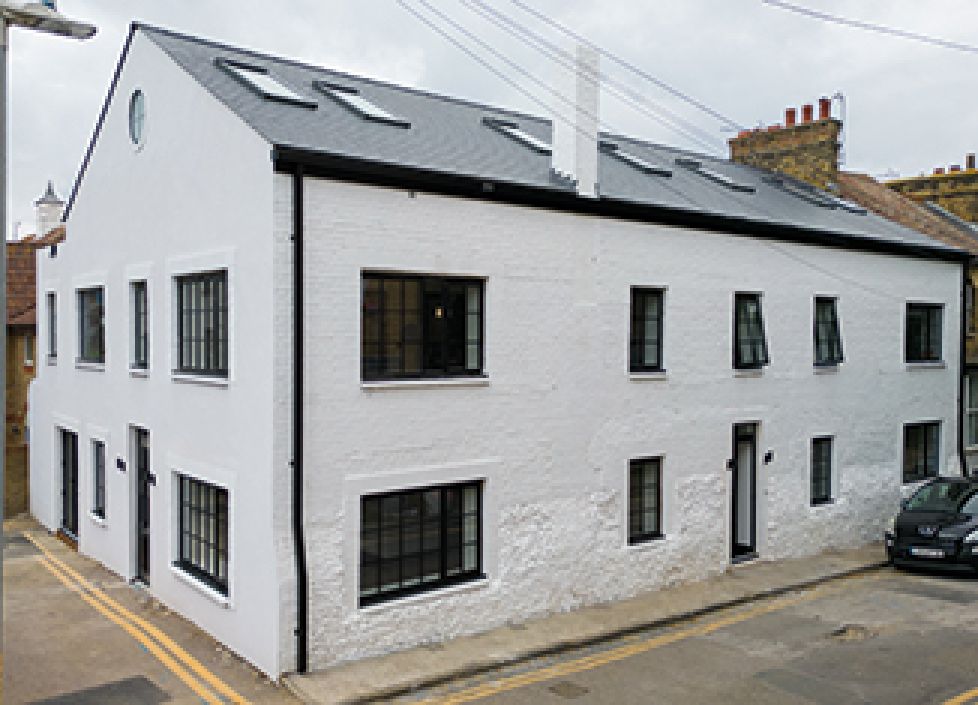At least 1.1m new households will be formed between 2015 and 2020, according to Paul Winstanley, a partner at Allsop, who presented his findings at the British Property Federation (BPF) Residential Conference in February this year. When looking at the household growth figures by region it might surprise some to learn that the number of households formed in the South East between 2000 and 2015 (41,632/year) was 23% higher than the number formed in London (33,841).
However, according to Allsop, that gap will close rapidly over the next five years with annual household formation of 55,871 in the South East (+34%), closely followed by London with 52,192, which is much faster (+54%) than the average for the capital so far this Century.
This is still the major growth story for the UK. The South East region (including London) will account for almost 50% of all new households between now and 2020 and will therefore require more than 500,000 new properties by then. However, because of the huge price gap between the region and the rest of the UK, it will require 69% of the money that needs to be invested in the PRS sector.
Overall, household growth in the UK is accelerating in every region except the North West and, while the annual average over the past 15 years has been 178,000, it will increase to 221,000 new households per year in the second half of this decade, a rise of 24%. Also, all regions in the UK have a 'housing demand gap' where new build completions are less than the growth in households.
The number of households that are expected to be formed between now and 2020 for the other regions are as follows: South West (108,000), East Midlands (93,000), Yorkshire (90,000), West Midlands (89,000), North West (87,000), East Anglia (55,000) and North (38,000).



















